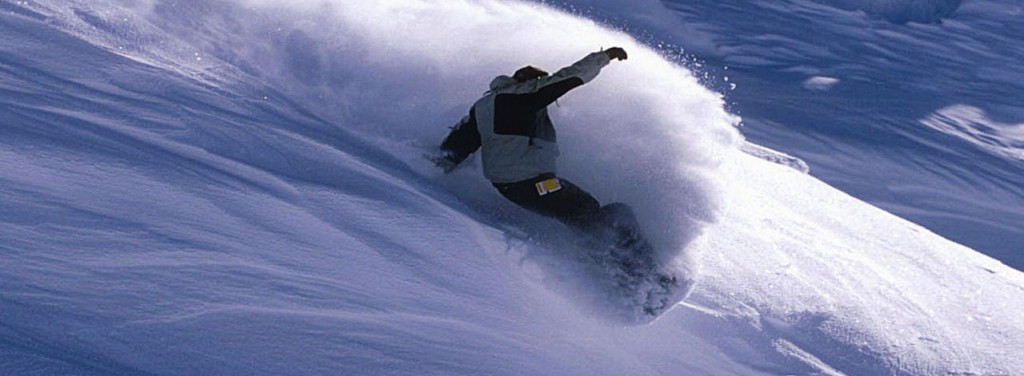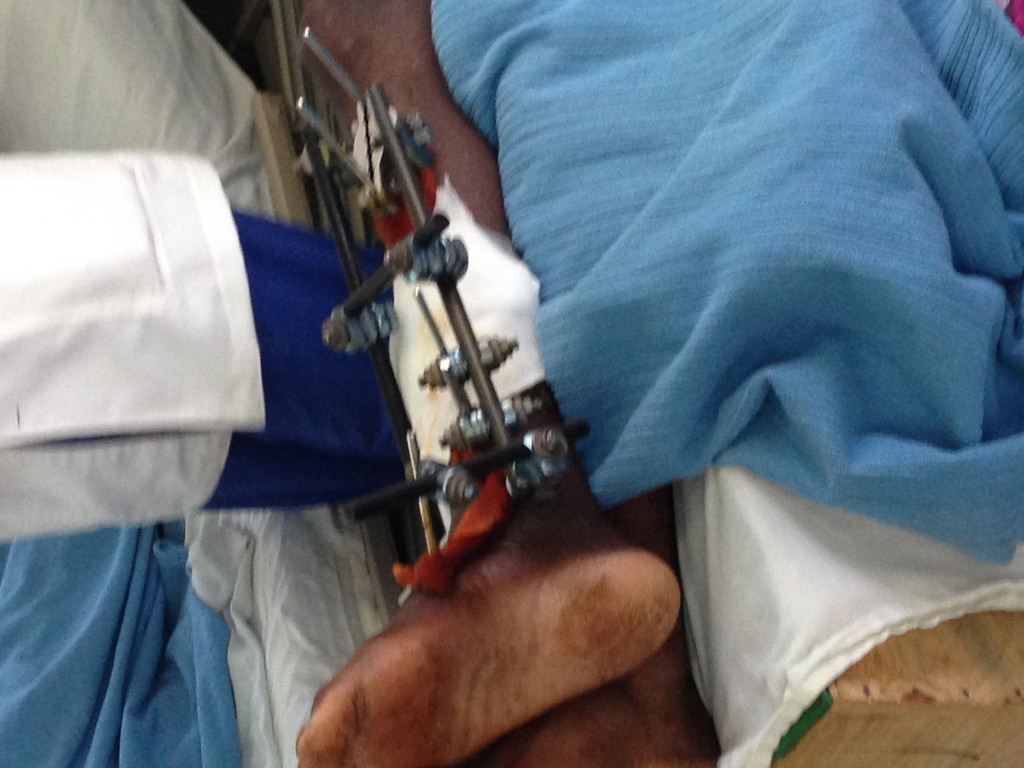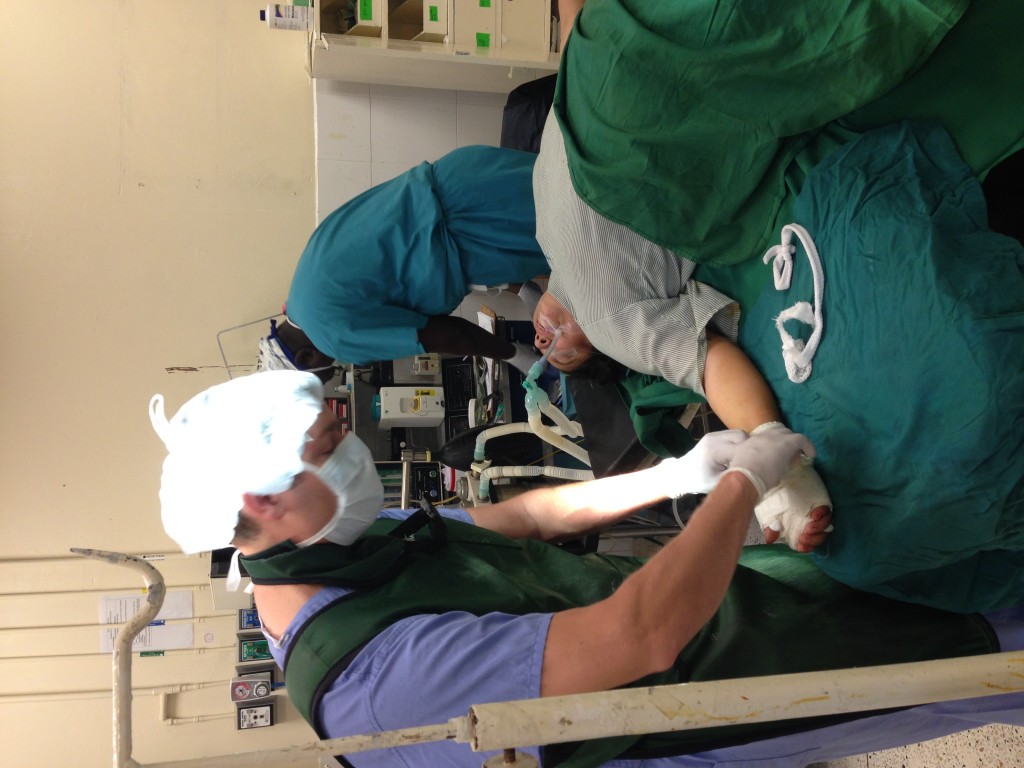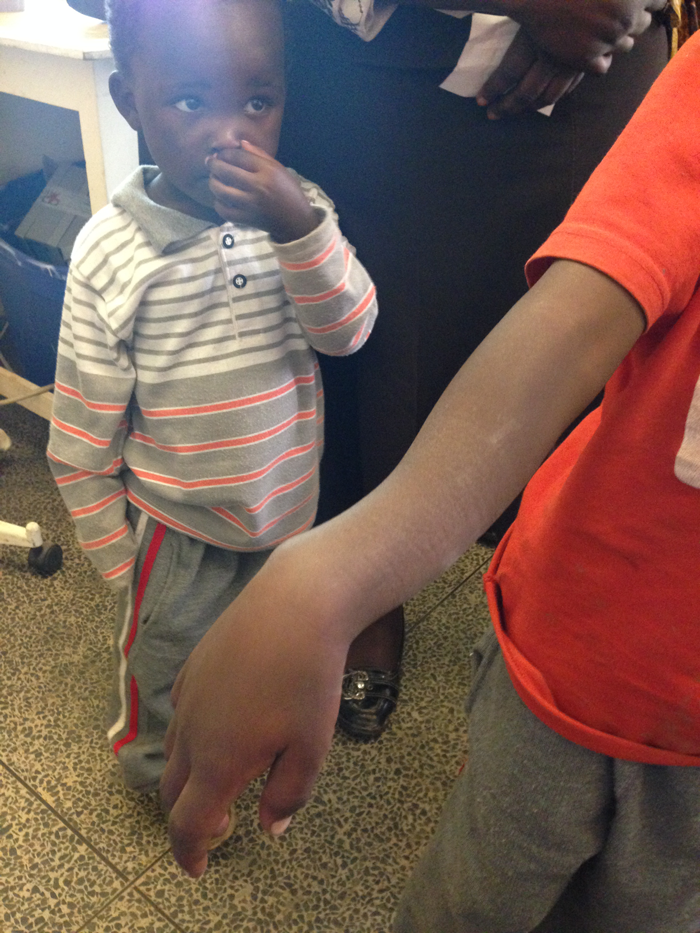Have you heard of Google Glass? It’s a new form of technology that has the potential to facilitate better and more efficient patient care.
Carl Spitzer, M.D. and Craig Rosenberg, Ph.D. are the founders of the startup company Healium, based in Seattle, WA. They developed software for Google Glass with an eye on how wearable computing can help physicians.
This latest technology development has particular significance for Spitzer, according to the King5 article, is not only a practicing emergency physician at Marin General Hospital, but is also its chief medical informatics officer. It’s his job to research the latest technologies and see if there are applications for his profession. According to King5’s article, Dr. Spitzer said, “I saw this as an opportunity to kind of create a solution that would serve my needs and the needs of the doctors that I’m serving, and also help patients.” The article goes on to say that Healium’s application provides patient intake information in the Glass heads-up display, and real-time communications with other doctors or facilities. Doctors and paramedics wearing Healium-powered Glass can record videos and send/receive them for consultation. Rosenberg, with a deep background in user experience and systems design in a variety of industries, is Healium’s chief technology officer. He and Spitzer view the hands-free nature of Glass as a potential advantage for ER physicians as well as first responders.
Dr. Ruhlman from OSS had this to say about this new technology, “It would be very helpful to go back to the imaging (x-rays, etc.) very quickly with Google Glass, or even more powerfully, to be able to have access with other surgeons – to have an interoperative consultation with somebody 3,000 miles away – to say, hey, I’m looking at this, you see it, what do you think?”
King5 explains that Healium’s application provides patient intake information in the Glass heads-up display, and real-time communications with other doctors or facilities. Doctors and paramedics wearing Healium-powered Glass can record videos and send/receive them for consultation. Those qualities highlight what Spitzer sees as the benefits of Glass for physicians – “the fact that it’s wearable, the fact that it’s on all the time and I can consult with it in the middle of a trauma resuscitation, or in the middle of interviewing a patient,” he said. “I can be seeing a patient in one room and get called by the nurse about a patient in another room, and be able to reference their lab results, their x-rays.” He goes on to say, “It’s one thing to hear that report,” Spitzer said, “It’s another thing to see the accident scene and to see the extrication (patient removal from accident wreckage) and that actually kind of helps to set the level of expectation for the types of injuries to expect, so it’s another way that it can positively impact patient care.”
Spitzer also believes it will be easier – not to mention less expensive and time-consuming – for physicians to simply record their patient interviews via Glass and then transfer that information into electronic health records. He’s also aware of questions regarding patient privacy/confidentiality, so transparency and giving patients the ability to opt out are important.
Read the full article here and check out Dr. Ruhlman’s thoughts in the video from King5 regarding this new, emerging technology: http://www.king5.com/news/technology/Seattle-medical-startup-focuses-on-Google-Glass-for-emergency-rooms-242260021.html







